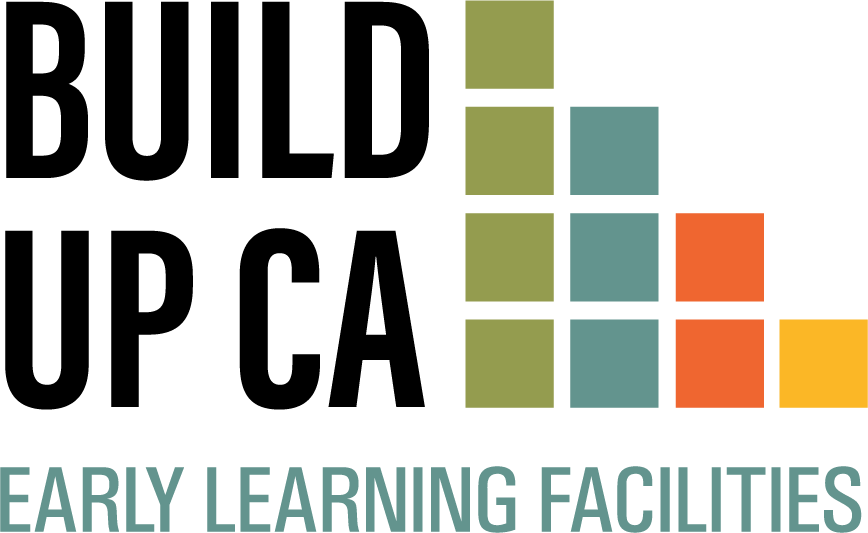ECE Center Typologies in Riverside County
In this report, Foundational Planning Guide for Incorporating Child Care in Affordable Housing Developments: ECE Center Typologies, the authors detail the different kinds of child care facilities and considerations for housing developers when co-locating. The report includes classroom templates with square footage requirements, programming criteria for centers of different sizes, and design elements for infant, toddler, and preschool facilities.
Investing in Real Estate to Increase Quality Child Care
Learn more about Mission Driven Finance's Care Access Real Estate (CARE) program that aims to expand the availability of child care through real estate investment. This strategy is also intended to build the wealth of providers through home or center ownership and expanding to serve more children.
Designing a Child Care Center - How to Choose an Architect
This article explores the different considerations for choosing an architect to construct, renovate or expand a child care center. Steps in the design process are also outlined to preview the experience of working with an architect.
Moving Towards Quality: Model Improvement Standards for Existing Center-based Child Care Facilities
BPC developed this checklist tool to evaluate the quality of a child care facilities. The checklist includes items related to environmental health & safety, prevention of fire hazards, emergency preparedness, general facility maintenance, building exterior & interior, playground quality and compliance with the Americans with Disabilities Act.
Equipping and Furnishing Early Childhood Facilities
LISC compiles best practices of designing and furnishing early care and education spaces. Recommendations for room layouts, materials and outdoor spaces help providers meet licensing requirements and create environments designed for high quality play and learning.
Family Child Care Facilities Development and Financing Manual
In this resource developed by the National Economic Development and Law Center, readers can learn the different financial skills necessary to operate a family child care home. Chapters include information on budgeting, developing a business plan, financial planning for expanding or renovating, and more.
Creating a Sustainable Outdoor Play Area
Learn the best practices for designing sustainable spaces that also inspire children to be creative, play, and develop a deep connection with nature.
Connecting children with nature through thoughtful facilities design
This paper and accompanying short videos are part of the Making Space series, a project of the National Children's Facilities Network. This installment explores how children's children connection to nature has changed in the context of our changing climate, and how child care facilities may play a role in restrengthening that relationship.
Deconstructing 'green': a holistic approach to designing sustainable child development centers
Written from the perspective of an architect, this short report explains best practices for designing environmentally and financially sustainable child care centers.
Making Child Care Centers SAFER: A Non-Regulatory Approach to Improving Child Care Center Siting
"Licensed child care centers are generally considered to be safe because they are required to meet state licensing regulations. As part of their licensing requirements, many states inspect child care centers and include an assessment of the health and safety of the facility to look for hazardous conditions or practices that may harm children. However, most states do not require an environmental assessment of the child care center building or land to prevent a center from being placed on, next to, or inside contaminated buildings. Having worked on several sites where child care centers were affected by environmental contaminants, the Centers for Disease Control and Prevention and the Agency for Toxic Substances and Disease Registry (ATSDR) endeavor to raise awareness of this issue. One of ATSDR's partner states, Connecticut, took a proactive, non-regulatory approach to the issue with the development its Child Day Care Screening Assessment for Environmental Risk Program."
Greening Early Childhood Centers
This extensive report covers how child care facilities can be "greened" and designed to have a lower environmental impact, resilient overtime and provide safe spaces for children to grow and learn. From site selection and layout design, to non-toxic play materials, this report and accompanying Go Green Checklist are great resources for child care providers, operators, developers and communities members to have to center sustainability in their community.
Co-Locating Early Care and Education Facilities with Affordable Housing in Oregon
The Low Income Investment Fund and ECONorthwest submitted this report to the Oregon Joint Committee on Ways and Means as a part of a larger project aimed at increasing the supply of child care in Oregon. This report details the benefits of colocating early care and education facilities with affordable housing as a means of utilizing both housing and child care facilities funding. Multiple case studies are presented to show different types of co-located arrangements and facilities designs. Finally, the report offers policy recommendations to secure additional funding and encourage partnerships between housing developers and child care operators.
Including Family Child Care in Affordable Housing: Policy, Design, and Financing Considerations
This report outlines the benefits of combining family child care with affordable housing and provides strategies for financing and designing high-quality spaces.
Sustainable Facilities Tool - Child Care Centers
This tool helps design eco-friendly Early Childhood Education (ECE) facilities using interactive images to explore design options and safe materials.
LA County Infant & Toddler Expansion Toolkit
LA County's 2022 assessment shows that only 4% of children under 24 months have access to licensed child care and includes ideas for expanding these services.
